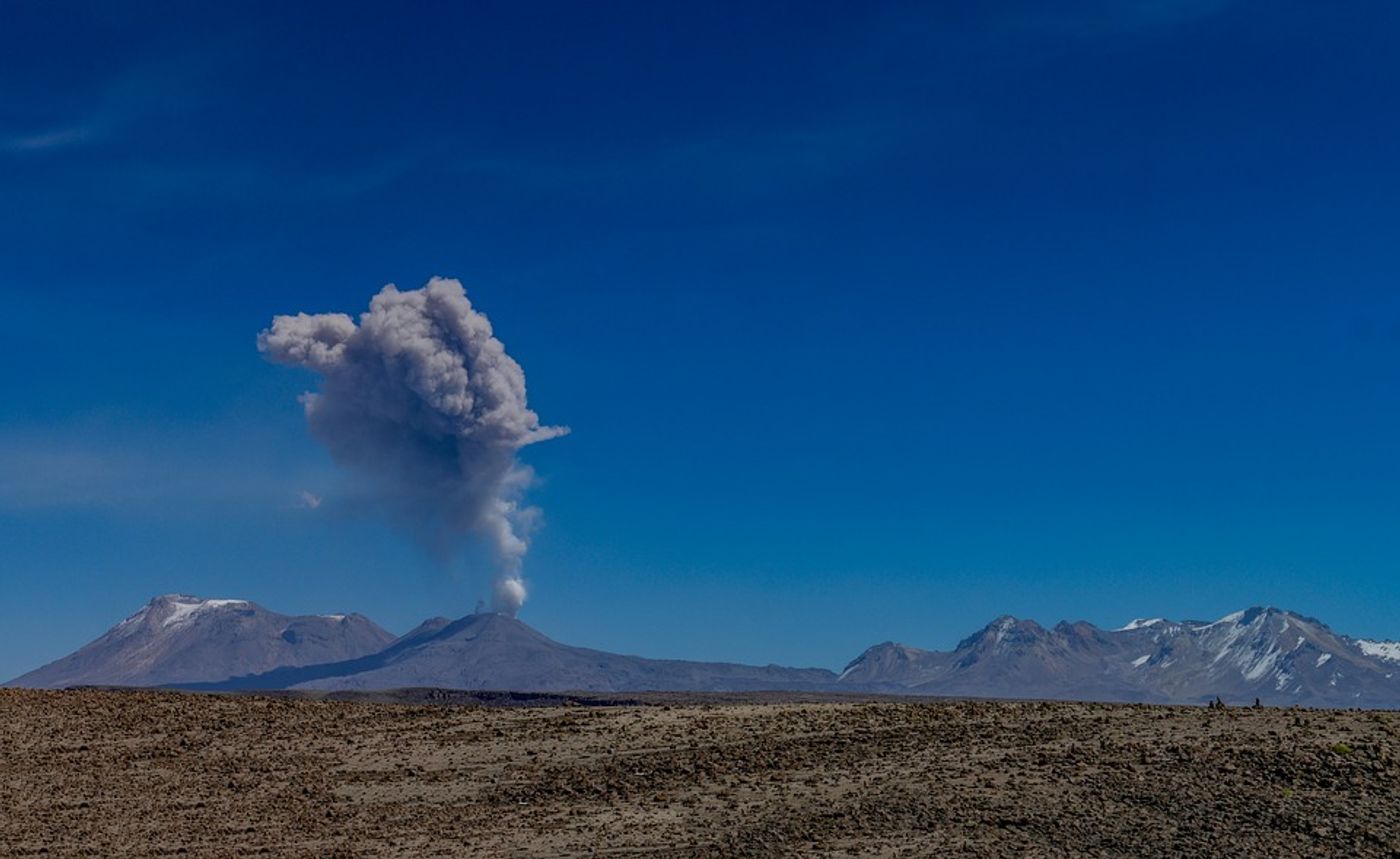Don't wake the Andes' supervolcano
A study published in the journal Scientific Reports showcases new insight regarding the supervolcano laying under the Andes Mountains in South America. This study was conducted by researchers from Uppsala University who have been tracking the seismic activity in Chile, Argentina, and Bolivia as well as the Altiplano-Puna magma body underneath the mountain range. According to their findings, the team thinks that it may be possible to predict more accurately the occurrence of the next supervolcanic eruption based on information from the Altiplano-Puna magma body.
"Huge volcanic eruptions from so-called supervolcanoes are very unusual, but when they happen they are extremely devastating. It's incredibly important for volcanologists to clarify what keeps this sleeping giant alive and what can cause it to awaken," says Valentin Troll, Professor of Petrology at the Department of Earth Sciences at Uppsala University.
To start looking for these answers, the researchers analyzed lavas from the magma reservoir during smaller volcanic eruptions after the last major eruption 4 million years ago. Researchers estimate that the Altiplano-Puna magma reservoir holds approximately 500,000 cubic kilometers of molten and semi-molten magma - an unbelievable amount. They wanted to use lava samples from more recent seismic events in order to evaluate the chemical composition of the magma reservoir.
"This was a demanding task. Under these particular volcanoes in the Central Andes is the Earth's thickest crust, 70 kilometers thick, which means that the magma is given many chances to change and react with the material it comes into contact with when it forces its way up to the surface," says Frances Deegan, a researcher at Uppsala University.
After years of strenuous effort, the researchers gathered enough samples of lava to analyze the composition of the oxygen isotopes. This information pointed them towards how the lavas were formed and where they originated from. From their analyses, they demonstrated that the lavas came from the material that sustains the volcanoes of the Central Andes deep within the Earth.
This investigation will inform future investigations on supervolcanoes. "Supervolcanic eruptions can cause gigantic disasters. The last one that happened on the Earth was Toba's super eruption in Indonesia 73,000 years ago and it is considered to have almost led to the extinction of mankind. Even if we can't prevent a super eruption from happening, it would be smart to use the time until the next eruption to learn as much as possible to increase the chances for our communities to survive such an event," says Valentin Troll.
Sources: Scientific Reports, Science Daily









